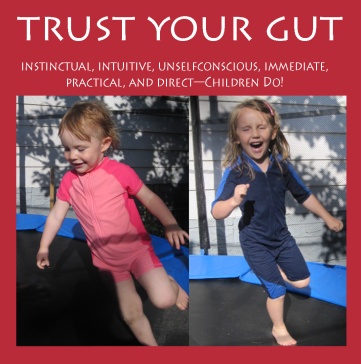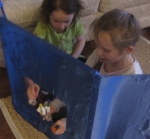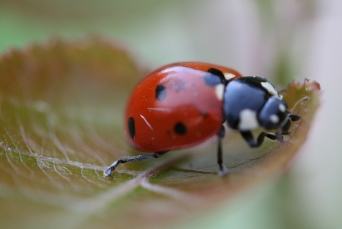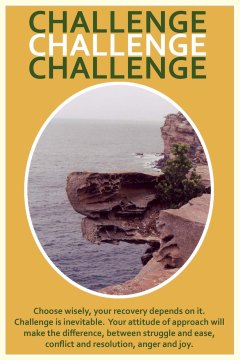
I made a comment to a friend the other day how much I love to take photographs. It is a passion I had before my accident, and after five years of recovery and learning once again how to take photographs with one hand, I picked up a camera once more. However my comment was more along the lines that how I love a purpose to taking photographs. Of course, I have one—many in fact.
As a former journalist, photo-story was part of any composition. During the early years of recovery, getting to hold the camera still with one-hand, and focus was all about practice, again and again. I could (and still could) use a tripod, but hey, there’s something quite magical about taking a photograph with one-hand and not jiggling it to a blur. There’s a part of me that still loves the challenge, the unexpected, the magic. It makes my heart feel at peace, time disappear, and it’s like I’m dancing with what is before me. It is similar to writing and poetry, two more of my passions.
I recently read in an introduction to his book Critical Path. Buckminster Fuller included an article by his friend, e.e. cummings, the poet.
A Poet’s Advice
“A poet is somebody who feels, and who expresses his feelings through words. This may sound easy. It isn’t. A lot of people think or believe or know they feel—but that’s thinking or believing or knowing; not feeling. And poetry is feeling—not knowing or believing or thinking.
Almost anybody can learn to think or believe or know, but not a single human being can be taught to feel. Why? Because whenever you think or you believe or you know, you’re a lot of other people: but the moment you feel, you’re nobody-but-yourself.”
Poetry and photography, for me, are felt journeys. In the book—Three Brains—How the Heart, Brain, and Gut Influence Mental Health and Identity by Karen Jensen, ND, she says—
“In today’s modern world, we are encouraged to focus mainly on our head brain. But we also need to use our other two brains to process our feelings and listen to our intuition to help keep us in balance.”
I am encouraged by this book because it explores the value and importance of all three brains—gut, head, heart—to work in unison for a healthy mind, healthy body. It honors the gut brain which is that part of us that is instinctual, intuitive, unselfconscious, immediate, practical, and direct.
I know from personal experience that one of the gifts of brain injury is what I now call the felt sense, which is also known as gut response.
This simple unrestrained response of what “pops” into mind, or out of one’s mouth without social boundaries is a good device I have grown to appreciate. It can be disruptive, it can be disturbing and it is certainly unpredictable, and often surprising.
Its gift is instinctual, intuitive, unselfconscious, immediate, practical, and direct, and I have learned to appreciate that uninhibited awareness. The gut became my indicator of how to be in the world. Of course none of this was in my awareness as first however; I did know it as a gut response, learned to trust it and later identify it as a felt sense. I named it at first as incongruence.
Today when my gut responds to an external situation, I know to trust it, listen, and take time to digest what it is being communicated to me.
Weird hey? Not really. By the same indicators I write and photograph now. My gut is a navigator of terrains. It intuitively knows things that my head has to ultimately grasp and articulate through language. My heart is the compass by which I travel the terrain. Together they’re a great team, and I feel blessed for the opportunities that arise because of the team work.
Writing Practice: Trust your Gut Writing—Go outside with your journal and pen. Find a quiet place that works for you. It could be a park, your backyard, a lake, a picnic spot. It could even be a mall where busy-ness is all around you. Start by jotting down things around you that “pop” into mind, a visual clue, a felt sense: words, phrases, observations, emotions. Write them randomly as they arise. No straight lines necessary. When you feel you have completed this, stop, breathe. Even close your eyes. Breathe. Keep breathing in awareness until you feel you are ready to go back to your journal page. Circle those words, impressions and phrases that seem to leap out at you. Breathe with awareness; pay attention to any indicators from your gut. When you are ready—begin to write. This may be an insight about health and wellness for you; it may be a journal entry or a poem. Just write—trust your gut writing and enjoy. No need to read it or edit. Just tuck it away for another day and time.




